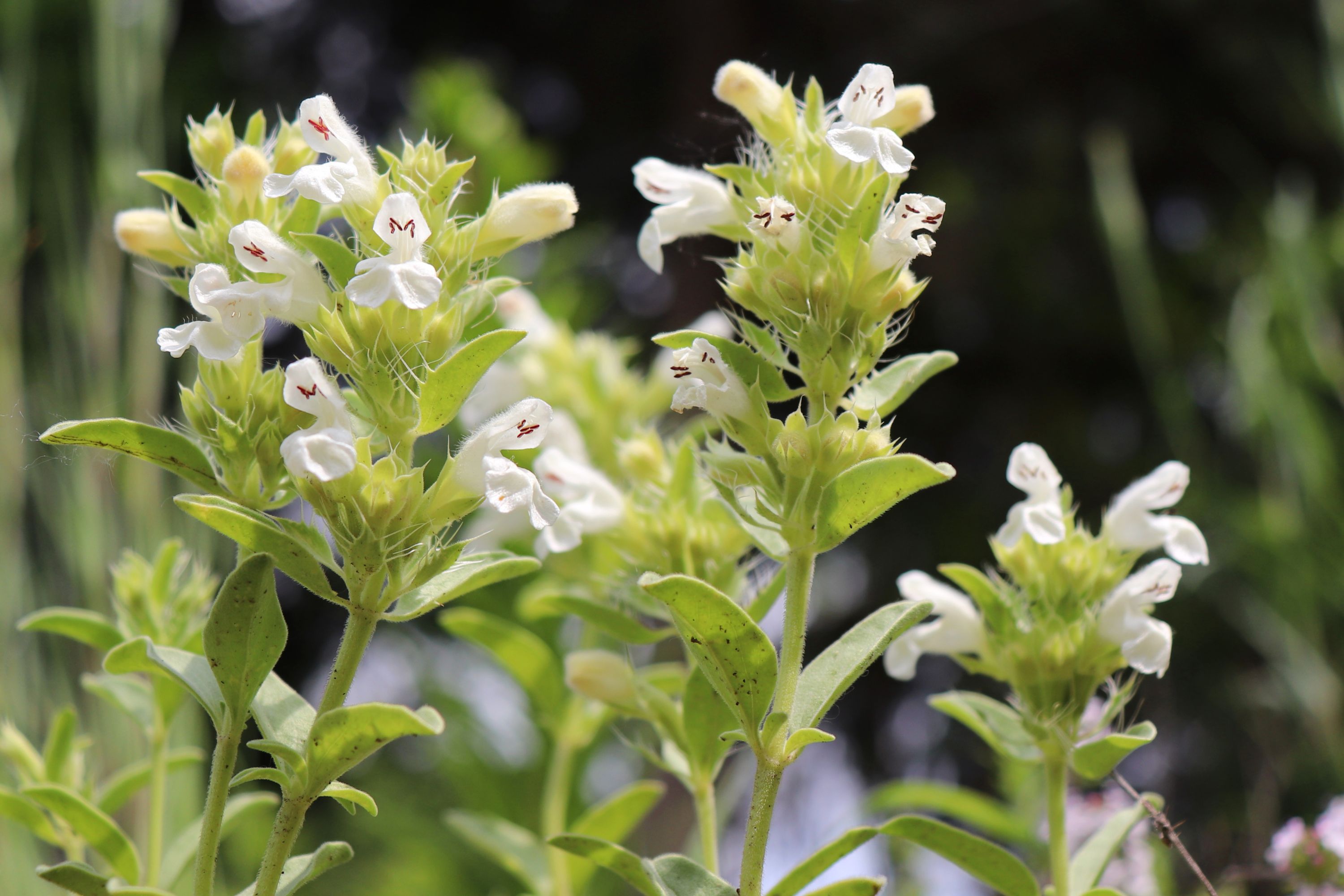Hyssop-leaved mountain ironwort
(Sideritis hyssopifolia)

Description
Sideritis hyssopifolia, hyssop-leaved mountain ironwort. A 40 cm high shrublet with narrow pointed leaves. The flowers (1 cm) are borne in dense cylindrical clusters from broad spiny-toothed bracts. The calyx also has spiny teeth. Flowers June–August. Its IUCN Red List Category is least risk. The Latin word hyssopifolia (which also occurs in several other plant names, including that of Cuphea hyssopifolia) means "hyssop-leaved". Mountains of Southwestern Europe at 1500–1800 m altitude. Sideritis, also known as ironwort, mountain tea, and shepherd's tea, is a genus of flowering plants known for their use as herbal medicine, commonly as an herbal tea. They are abundant in Mediterranean regions, the Balkans, the Iberian Peninsula and Macaronesia, but can also be found in Central Europe and temperate Asia. In Greek, "sideritis" can be literally translated as "he who is made of iron". The plant was known to ancient Greeks, specifically Pedanius Dioscorides and Theophrastus. Although Dioscorides describes three species, only one (probably S. scordioides) is thought to belong to Sideritis. In ancient times "sideritis" was a generic reference for plants capable of healing wounds caused by iron weapons during battles. However, others hold that the name stems from the shape of the sepal, which resembles the tip of a spear. In 2002, molecular phylogenetic research found Sideritis and five other genera to be embedded in Stachys. Further studies will be needed before Stachys, Sideritis, and their closest relatives can be revised. The genus is composed of short (8–50 cm), xerophytic subshrubs or herbs, annual or perennial, that grow at high altitudes (usually over 1000 m) with little or no soil, often on the surface of rocks. It is pubescent, either villous or coated by a fine, woolly layer of microscopic intertwined hairs. Sideritis inflorescence is verticillaster.
Taxonomic tree:







